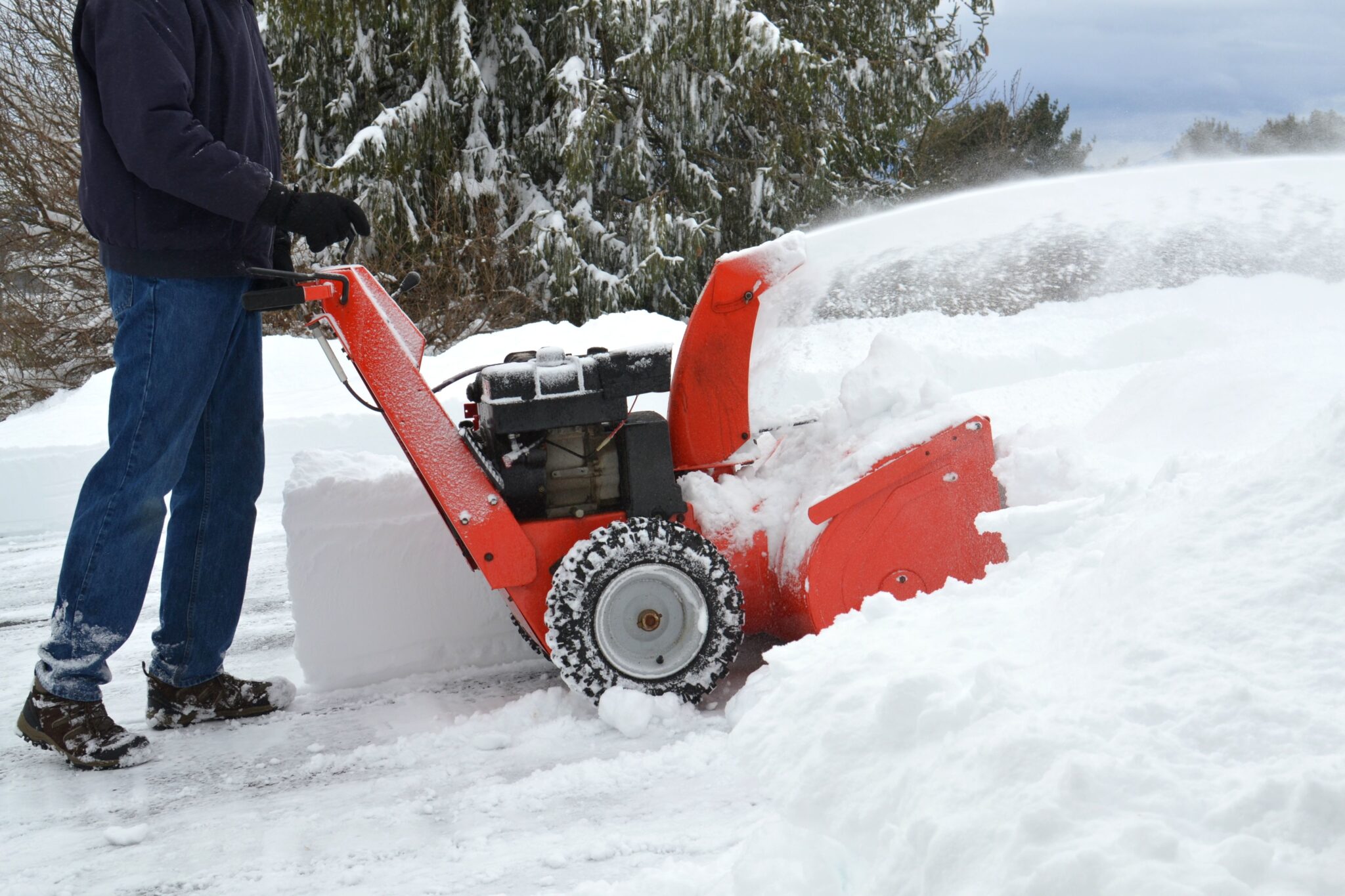Winterizing a commercial landscape involves preparing the landscape for the cold winter months. This involves a number of steps, including cleaning up the landscape, removing dead plants and debris, and protecting plants from the cold. In this essay, we will discuss how to winterize a commercial landscape.
The first step in winterizing a commercial landscape is to clean up the landscape. This involves removing any dead plants or debris that has accumulated over the growing season. Dead plants can harbor diseases and pests, which can be detrimental to the health of the landscape. Removing dead plants and debris can also help to prevent the spread of diseases and pests to healthy plants.
Once the landscape has been cleaned up, the next step is to remove any annual plants that are no longer in bloom. Annual plants are plants that only live for one growing season, and they should be removed once they have died off or are no longer in bloom. This will make room for new plants to be added in the spring.
After removing annual plants, the next step is to prune any shrubs or trees that need it. Pruning is the process of removing dead or overgrown branches from plants. This can help to improve the health and appearance of the plants, and it can also help to prevent damage to the plants from heavy snow or ice.
Once the shrubs and trees have been pruned, the next step is to protect the plants from the cold. This can be done by applying mulch to the base of the plants. Mulch helps to insulate the soil and keep it warm, which can help to prevent the roots of the plants from freezing. Mulch can also help to prevent weeds from growing and compete with the plants for moisture and nutrients.
Another way to protect plants from the cold is to cover them with burlap or other protective materials. This is especially important for plants that are more sensitive to cold temperatures, such as tender perennials. Covering plants with burlap or other materials can help to keep them warm and prevent them from being damaged by the cold.
In addition to protecting plants from the cold, it is also important to make sure that the irrigation system is properly winterized. This involves draining the system and covering any exposed pipes to prevent them from freezing. If the irrigation system is not properly winterized, it can be damaged by freezing temperatures, which can be costly to repair.
In conclusion, winterizing a commercial landscape involves a number of steps, including cleaning up the landscape, removing annual plants, pruning shrubs and trees, applying mulch, and protecting plants from the cold. Properly winterizing the landscape can help to ensure that the plants are healthy and thriving when spring arrives.




